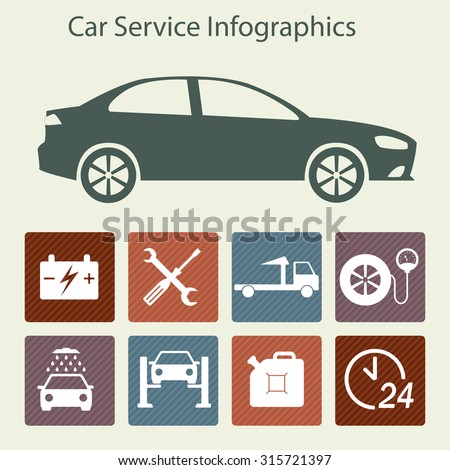Interpreting Your Automobile'S Alert Lighting: Their True Implications
Interpreting Your Automobile'S Alert Lighting: Their True Implications
Blog Article
Write-Up Writer-Lim Gilbert
When you lag the wheel, those glowing caution lights on your dashboard can be a little bit puzzling. Do you understand what they're attempting to tell you concerning your cars and truck's health and wellness? Recognizing the value of these lights is essential for your safety and security and the longevity of your automobile. So, the following time among those lights appears, would not you intend to decode its message accurately and take the necessary actions to resolve it?
Common Warning Lighting and Interpretations
Determine usual warning lights in your auto and recognize their definitions to make certain secure driving.
One of the most regular caution lights consist of the check engine light, which signifies problems with the engine or discharges system. If this light comes on, it's important to have your car examined quickly.
The oil pressure cautioning light indicates reduced oil pressure, calling for immediate interest to stop engine damages.
A blinking battery light might recommend a damaged billing system, possibly leaving you stranded if not resolved.
The tire pressure tracking system (TPMS) light informs you to low tire pressure, affecting vehicle security and fuel effectiveness. Overlooking this can lead to dangerous driving conditions.
The abdominal muscle light indicates an issue with the anti-lock braking system, endangering your capacity to quit quickly in emergencies.
Finally, the coolant temperature level warning light warns of engine getting too hot, which can cause severe damages if not dealt with quickly.
Comprehending these usual caution lights will certainly aid you address concerns immediately and maintain safe driving conditions.
Relevance of Prompt Interest
Recognizing the usual caution lights in your vehicle is only the initial step; the value of immediately attending to these warnings can't be emphasized enough to ensure your security when traveling.
When a caution light brightens on your control panel, it's your auto's method of communicating a potential problem that requires focus. Ignoring these warnings can cause extra serious troubles down the road, compromising your safety and potentially costing you much more out of commission.
Motivate focus to warning lights can stop breakdowns and crashes. For detailing rv , a flashing check engine light could show a misfire that, if left neglected, can create damage to the catalytic converter. Resolving https://www.repairerdrivennews.com/2022/03/28/chip-shortage-could-mean-more-parts-research-for-repairers/ can conserve you from an expensive repair service.
Similarly, a brake system warning light could signal reduced brake fluid or used brake pads, vital elements for your security when driving.
DIY Troubleshooting Tips
If you see a caution light on your control panel, there are a couple of do it yourself repairing ideas you can attempt before seeking expert help.
The primary step is to consult your vehicle's handbook to understand what the certain caution light indicates. Sometimes the problem can be as basic as a loose gas cap causing the check engine light. Tightening the gas cap may fix the trouble.
detail is a low battery, which can cause various cautioning lights. Examining the battery connections for corrosion and guaranteeing they're safe could repair the trouble.
If a caution light persists, you can try resetting it by separating the automobile's battery for a few minutes and then reconnecting it. Furthermore, inspecting https://ecu-tuning-shops-near-me94938.blogsvila.com/30072473/future-trends-in-car-explaining-what-to-expect-in-the-following-5-years , such as oil, coolant, and brake liquid, can help fix warning lights associated with these systems.
Verdict
Finally, understanding your cars and truck's caution lights is essential for keeping your automobile running smoothly and securely. By immediately dealing with these signals and recognizing what they indicate, you can stay clear of pricey repairs and possible break downs.
Keep in mind to consult your vehicle's handbook for specific information on each cautioning light and do something about it accordingly to ensure a hassle-free driving experience.
Stay informed, stay risk-free when driving!
